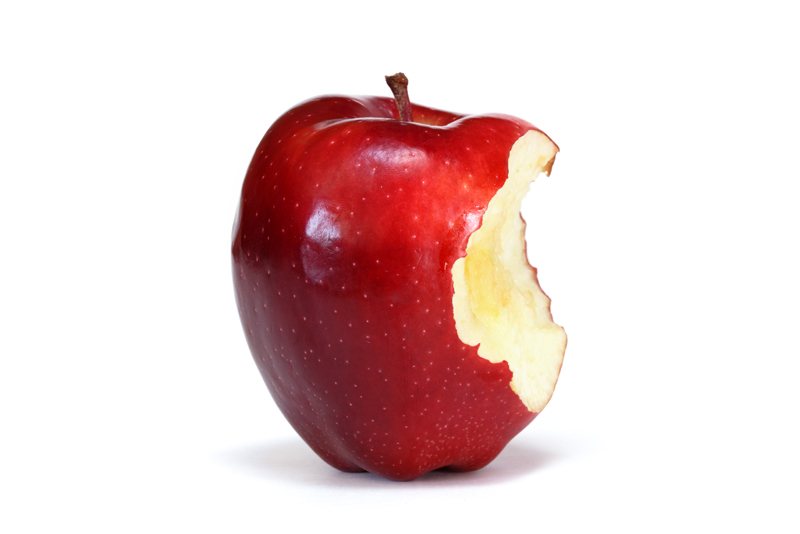Native American Healing

Many pharmaceutical drugs that are commonly used today come from our Native Americans. Their extensive knowledge of medicinal plants has contribute to present-day medicines that includes salicin. Willow contains salicin, which is acetylsalicylic acid, the active ingredient in aspirin they used complex pain killers long before aspirin was develop by modern Science.
Native Americans would boil a tea or chew the willow leaves or inner bark. The leaves and inner bark contains the medicinal extract, which helped relieve minor pain from headaches, joint pain, and toothaches. The same way aspirin is used today. The willow is often given the nickname "toothache tree".
They would use all of nature, relaying on the plants for there healing powers to combat illness. This could not be ignored by medical science. The pharmaceutical industry grew out of the use of the medical healing plants. Over 200 medical drugs and there source can be linked back to Native Americans for their use of healing plants.
Big Thunder (Bedagi)-Wabanaki Alonquin
“The great spirit is our father, but the earth is our mother. She nourishes us: that which we put into the ground she returns to us, and healing plants she gives to us likewise. If we are wounded, we go to or mother and seek to lay the wounded part against her, to be healed. Animals too, do thus, they lay their wounds to the earth.”
Sometimes ailing animals were followed and observed to see what plants they would eat to heal and get well. The bear revered for its intelligence was considered a reliable source of herbal remedies.
Native Americans believe in not only healing the body but also the mind and spirit. The healing practices can vary from individual spiritual tradition, prayers, and rituals because there are about 500 Native American Nations. Each having their own unique knowledge and understanding on the value of healing plants that “mother earth” gives us.
Healing plants and the variety of uses have a long history to Native Americans.
Black Cohosh: Used to treat a variety of ailments, joint pain, sore throats, menstrual cramps and black cohosh had the ability to relieve the pain of child birth, for this reason it was also known as "Squawroot". A powerful antispasmodic herb relieving or preventing spasms and muscle relaxes.
Boneset: Native Americans use this herb to relieve break-bone fever, caused by a strain of influenza. It was also used as an infusion to relieve snakebites, and indigestion.
Echinachea: Used to treat toothaches, snake bits, and insect bites. It
contains a natural antibiotic that makes it an effective fighter on infection.
Evening Primrose: From the Great lake region, Native Americans used the entire plant as a sedative and painkiller. Sometimes it is called "sun drop."
Goldenseal: Has a long history of use among Native Americans the Cherokees, for example would use if for sore eyes, mouth ulcers, tuberculosis, and insect repellent.
Hops: Some Native Americans used the blossoms for its sedative effects, and dried the flowers for a toothaches remedy. It removes pain and inflammation in a very short time. The hops can be applied as a poultice or you can make a sleep pillow out of hops, and lavender. The hops are a sedative. Lavender is relaxing.
Juniper: Native Americans made juniper tea to relieve colds, joint pain, and stomach aches. Studies show that juniper can inhibit prostaglandin synthesis. This show that the use of juniper for easing joint pain may have some scientific basis.
Passion Flower: Native Americans made poultices from the leaves, and applied to injuries. A cup of medicinal passion flower tea can be made with ½ to one teaspoon of the dried herb to one cup of boiling water. Add herbal tea to your bath for a soothing and relaxing soak.
Psyllium Plantago: Native Americans used the leave to treat sprains, cuts, and as a wash for sore eyes.
Sage: Used to clean their teeth and to heal sores.
Uva Ursi: Native Americans would make a poultice of the leaves for sore muscles, also the leaves would be mixed with tobacco leaves and smoked, not for the same purpose that tobacco is smoked today.
Valerian: Used for treating wounds.
Wintergreen: Was used as a tea to treat joint pain, and sore muscles.
Yarrow: Used as a tea to treat fever, stomach aches, and used as a poultice to treat burns, cuts, they would also chew the leaves to relieve a toothache. The plant also has salicylic acid, active painkiller in aspirin..
Mourning Dove-Salish
1888-1936
…Everything on the earth has a purpose, every disease an herb to cure it, and every person a mission. This is the Indian theory of existence.
The information provided is for informational purpose only.
The herbs recipes contained above are not to be considered for medical treatment. You should consult your physician before taking any medication.
Native Americans would boil a tea or chew the willow leaves or inner bark. The leaves and inner bark contains the medicinal extract, which helped relieve minor pain from headaches, joint pain, and toothaches. The same way aspirin is used today. The willow is often given the nickname "toothache tree".
They would use all of nature, relaying on the plants for there healing powers to combat illness. This could not be ignored by medical science. The pharmaceutical industry grew out of the use of the medical healing plants. Over 200 medical drugs and there source can be linked back to Native Americans for their use of healing plants.
Big Thunder (Bedagi)-Wabanaki Alonquin
“The great spirit is our father, but the earth is our mother. She nourishes us: that which we put into the ground she returns to us, and healing plants she gives to us likewise. If we are wounded, we go to or mother and seek to lay the wounded part against her, to be healed. Animals too, do thus, they lay their wounds to the earth.”
Sometimes ailing animals were followed and observed to see what plants they would eat to heal and get well. The bear revered for its intelligence was considered a reliable source of herbal remedies.
Native Americans believe in not only healing the body but also the mind and spirit. The healing practices can vary from individual spiritual tradition, prayers, and rituals because there are about 500 Native American Nations. Each having their own unique knowledge and understanding on the value of healing plants that “mother earth” gives us.
Healing plants and the variety of uses have a long history to Native Americans.
Black Cohosh: Used to treat a variety of ailments, joint pain, sore throats, menstrual cramps and black cohosh had the ability to relieve the pain of child birth, for this reason it was also known as "Squawroot". A powerful antispasmodic herb relieving or preventing spasms and muscle relaxes.
Boneset: Native Americans use this herb to relieve break-bone fever, caused by a strain of influenza. It was also used as an infusion to relieve snakebites, and indigestion.
Echinachea: Used to treat toothaches, snake bits, and insect bites. It
contains a natural antibiotic that makes it an effective fighter on infection.
Evening Primrose: From the Great lake region, Native Americans used the entire plant as a sedative and painkiller. Sometimes it is called "sun drop."
Goldenseal: Has a long history of use among Native Americans the Cherokees, for example would use if for sore eyes, mouth ulcers, tuberculosis, and insect repellent.
Hops: Some Native Americans used the blossoms for its sedative effects, and dried the flowers for a toothaches remedy. It removes pain and inflammation in a very short time. The hops can be applied as a poultice or you can make a sleep pillow out of hops, and lavender. The hops are a sedative. Lavender is relaxing.
Juniper: Native Americans made juniper tea to relieve colds, joint pain, and stomach aches. Studies show that juniper can inhibit prostaglandin synthesis. This show that the use of juniper for easing joint pain may have some scientific basis.
Passion Flower: Native Americans made poultices from the leaves, and applied to injuries. A cup of medicinal passion flower tea can be made with ½ to one teaspoon of the dried herb to one cup of boiling water. Add herbal tea to your bath for a soothing and relaxing soak.
Psyllium Plantago: Native Americans used the leave to treat sprains, cuts, and as a wash for sore eyes.
Sage: Used to clean their teeth and to heal sores.
Uva Ursi: Native Americans would make a poultice of the leaves for sore muscles, also the leaves would be mixed with tobacco leaves and smoked, not for the same purpose that tobacco is smoked today.
Valerian: Used for treating wounds.
Wintergreen: Was used as a tea to treat joint pain, and sore muscles.
Yarrow: Used as a tea to treat fever, stomach aches, and used as a poultice to treat burns, cuts, they would also chew the leaves to relieve a toothache. The plant also has salicylic acid, active painkiller in aspirin..
Mourning Dove-Salish
1888-1936
…Everything on the earth has a purpose, every disease an herb to cure it, and every person a mission. This is the Indian theory of existence.
The information provided is for informational purpose only.
The herbs recipes contained above are not to be considered for medical treatment. You should consult your physician before taking any medication.
You Should Also Read:
Bellaonline's Native American
Healing Arts-Native Links
Did You Know? Native American

Editor's Picks Articles
Top Ten Articles
Previous Features
Site Map
Content copyright © 2023 by Victoria Abreo. All rights reserved.
This content was written by Victoria Abreo. If you wish to use this content in any manner, you need written permission. Contact Victoria Abreo for details.



